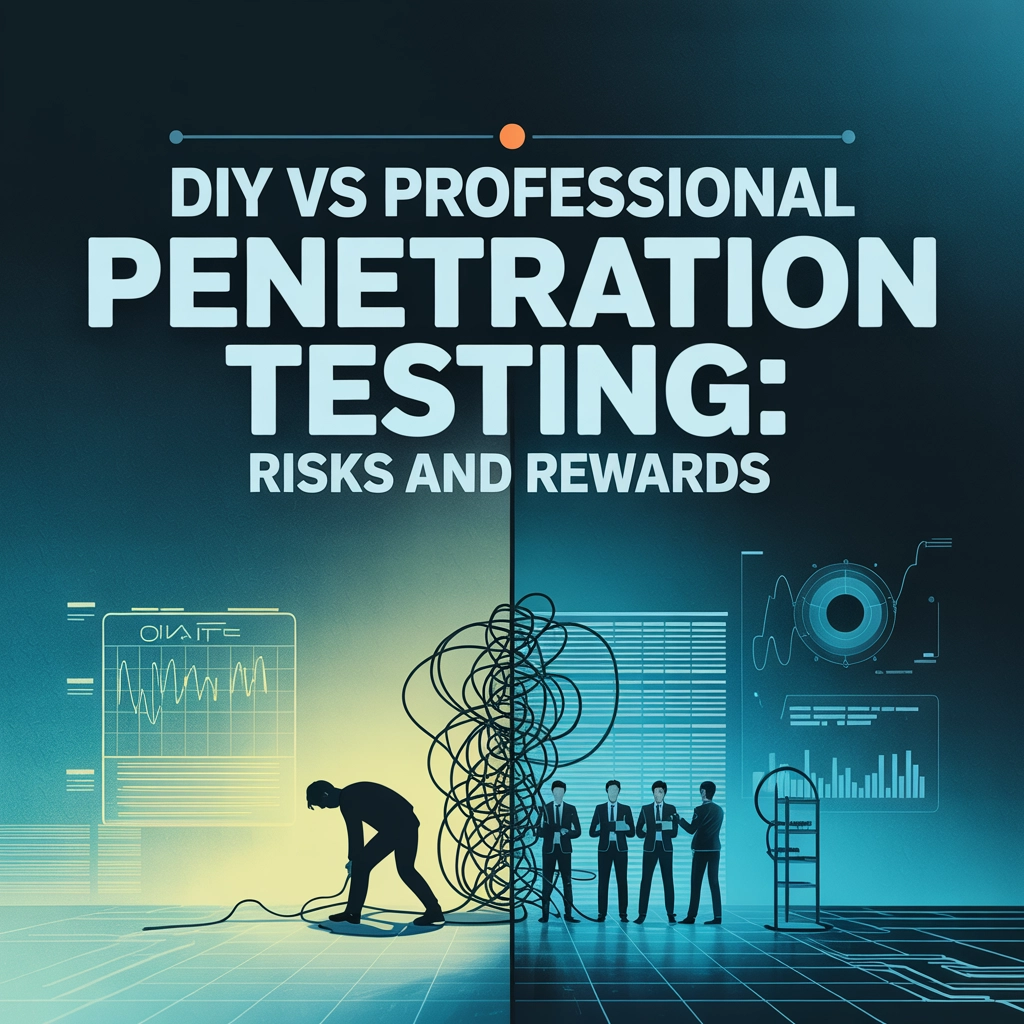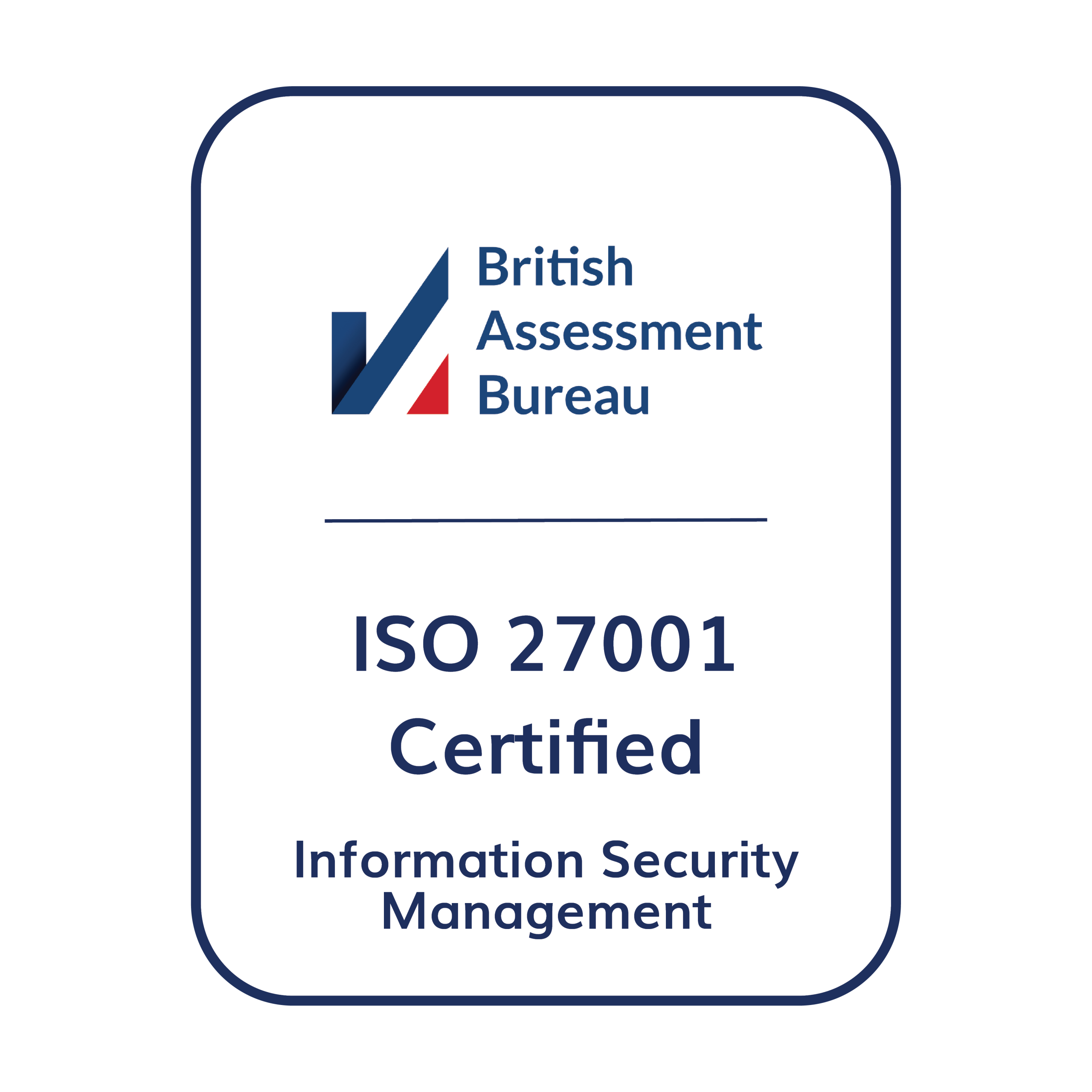In today’s complex cyber landscape, organisations face a critical decision when addressing security vulnerabilities: should they conduct penetration testing in-house or hire professional services? This choice impacts not only budget allocation but also security effectiveness and risk exposure. As cyber threats evolve in sophistication, understanding the implications of each approach becomes increasingly vital for organisations of all sizes.
Understanding Penetration Testing
Before diving into the DIY versus professional debate, it’s essential to understand what penetration testing truly entails. Penetration testing, or “pentesting,” is a systematic process of probing information systems, networks, or applications to identify exploitable vulnerabilities. Unlike automated vulnerability scans, proper penetration testing involves active exploitation attempts to demonstrate how attackers might gain unauthorised access to sensitive systems or data.
The goal isn’t merely identifying weaknesses but understanding their real-world implications, how they might be chained together to create significant security breaches. This distinction becomes crucial when weighing the capabilities of in-house versus professional testing resources.
DIY Penetration Testing: The Appeal
DIY penetration testing has gained popularity as security tools become more accessible and user-friendly. This approach involves utilising internal resources and commercially available or open-source tools to conduct security assessments without external assistance.
Common DIY Tools and Resources
Most in-house testing relies on readily available platforms such as:
- Kali Linux – A security-focused Linux distribution pre-loaded with hundreds of testing tools
- Nmap – The industry standard for network discovery and security auditing
- Burp Suite – Widely used for web application security testing
- SQLMap – Automated SQL injection detection and exploitation
These tools provide considerable capabilities in the right hands, but their effectiveness ultimately depends on the expertise of those wielding them.

Rewards of DIY Testing
1. Cost Considerations
The most obvious advantage of DIY testing is cost control. Professional penetration testing services typically start at several thousand pounds and can reach tens of thousands for comprehensive assessments of complex environments. For organisations with limited security budgets, particularly small and medium enterprises, this represents a significant investment.
DIY approaches allow organisations to allocate existing resources rather than securing additional budget for external services. This can be particularly appealing for routine testing or when focusing on specific, well-defined areas of concern.
2. Institutional Knowledge Advantage
Internal teams possess intimate knowledge of systems, architectures, and business operations that external testers must acquire during engagements. This familiarity can streamline testing processes and potentially lead to more contextually relevant findings. Internal teams understand:
- Legacy systems and their constraints
- Business-critical applications and their operational importance
- Historical security concerns and previously addressed vulnerabilities
- Organisational risk tolerance levels
3. Immediate Response Capabilities
When internal teams identify vulnerabilities, remediation can often begin immediately. This eliminates the delays sometimes associated with external testing, where findings are typically delivered at the engagement’s conclusion rather than in real-time.
Risks of DIY Testing
1. Expertise Limitations
The most significant challenge with DIY penetration testing is the expertise gap. Professional penetration testers typically specialise exclusively in offensive security, constantly refining their skills and keeping pace with evolving attack methodologies.
Internal IT staff, even those with security responsibilities, rarely possess equivalent expertise. Security teams must balance multiple disciplines, from monitoring and incident response to compliance and security architecture. This breadth naturally limits the depth of offensive security expertise.
2. Tunnel Vision and Confirmation Bias
Internal teams may develop blind spots regarding security assumptions and practices. This “tunnel vision” can lead to overlooking vulnerabilities that fresh external perspectives might readily identify. Common manifestations include:
- Assuming security controls function as designed without rigorous testing
- Focusing on known vulnerability types while missing novel attack vectors
- Overlooking misconfigurations that have become normalised within the organisation
3. Resource Constraints and Competing Priorities
DIY testing often faces resource challenges beyond expertise. Internal security teams typically juggle multiple responsibilities, making it difficult to allocate sufficient time for thorough testing. This frequently results in:
- Abbreviated testing schedules
- Overreliance on automated tools with minimal manual verification
- Inadequate documentation of findings and remediation recommendations
- Limited testing scope to accommodate other duties
4. Tool Limitations
While commercial and open-source tools provide valuable capabilities, they generally focus on known vulnerability classes rather than novel attack techniques. Many port scanning tools and vulnerability scanners follow predictable patterns that miss sophisticated attack opportunities a skilled human tester would identify.

Professional Penetration Testing: The Alternative
Professional penetration testing services provide specialised expertise through external security firms focused exclusively on identifying and exploiting vulnerabilities. These engagements vary widely in scope, from targeted application assessments to comprehensive network evaluations and red team exercises.
Rewards of Professional Testing
1. Specialised Expertise and Experience
Professional testers bring concentrated expertise that few internal teams can match. Benefits include:
- Exposure to diverse environments and vulnerability types across many clients
- Specialisation in specific testing methodologies (web applications, cloud infrastructure, etc.)
- Continuous focus on offensive techniques without competing security responsibilities
- Experience identifying subtle, complex vulnerability chains that automated tools miss
2. Objective Third-Party Assessment
External testers provide genuinely independent verification free from organisational biases. This objectivity delivers:
- Unbiased validation of security controls and assumptions
- Credible findings for regulatory compliance and audit purposes
- Fresh perspectives unconstrained by “the way things have always been done”
- Willingness to challenge security assumptions that internal teams might hesitate to question
3. Advanced Testing Methodologies
Professional firms typically employ sophisticated testing approaches beyond basic vulnerability scanning, including:
- Manual testing techniques that adapt to discovered conditions
- Custom exploit development for environment-specific vulnerabilities
- Advanced persistence techniques mimicking sophisticated threat actors
- Comprehensive testing across the entire attack surface
4. Comprehensive Reporting and Remediation Guidance
Professional engagements typically produce detailed documentation that internal teams might struggle to generate alongside their testing efforts. These deliverables often include:
- Detailed technical findings with proof-of-concept evidence
- Risk-based prioritisation frameworks
- Specific remediation recommendations with implementation guidance
- Executive summaries contextualising technical findings for leadership audiences
Risks of Professional Testing
1. Cost Implications
The primary deterrent for many organisations is cost. Professional penetration testing represents a significant investment, particularly for smaller organisations or those with limited security budgets. Comprehensive assessments of complex environments can easily reach five or six figures.
2. Potential Knowledge Transfer Challenges
External testers lack the institutional knowledge internal teams possess. This can manifest as:
- Missed business context for certain findings
- Recommendations that conflict with operational requirements
- Limited understanding of legacy systems and their constraints
- Learning curve regarding organisational structure and responsibilities
3. Scheduling and Scope Limitations
Professional engagements operate within defined timeframes and scopes, potentially limiting:
- Ability to test during specific operational conditions
- Flexibility to expand scope when new concerns emerge
- Testing of systems unavailable during the engagement window
- Follow-up verification of remediation effectiveness

Finding the Right Approach
Rather than viewing DIY and professional testing as mutually exclusive, organisations should consider a complementary strategy:
Hybrid Approaches
Many organisations successfully implement hybrid models where:
- Internal teams conduct regular, focused testing using automated tools and basic manual techniques
- Professional firms perform periodic comprehensive assessments to validate internal findings and identify more sophisticated vulnerabilities
- Knowledge transfer sessions accompany professional engagements to elevate internal capabilities
Key Decision Factors
When determining the appropriate balance, consider:
- Regulatory requirements and compliance obligations
- Sensitivity of data and systems being protected
- Available internal expertise and resources
- Budget constraints and risk tolerance
- Complexity of the environment and attack surface
Conclusion
Both DIY and professional penetration testing offer distinct advantages and limitations. Most organisations benefit from combining approaches, leveraging internal resources for continuous security validation while engaging professional expertise for periodic comprehensive assessments.
The ultimate goal isn’t choosing one approach exclusively but developing a testing strategy that provides meaningful security insights within organisational constraints. By understanding the rewards and risks of each approach, security leaders can make informed decisions that maximise security value while managing costs and resources effectively.
For organisations seeking guidance on penetration testing strategies or professional services, EJN Labs provides both consulting expertise and hands-on testing capabilities tailored to diverse security needs and organisational contexts.











Leave a Reply